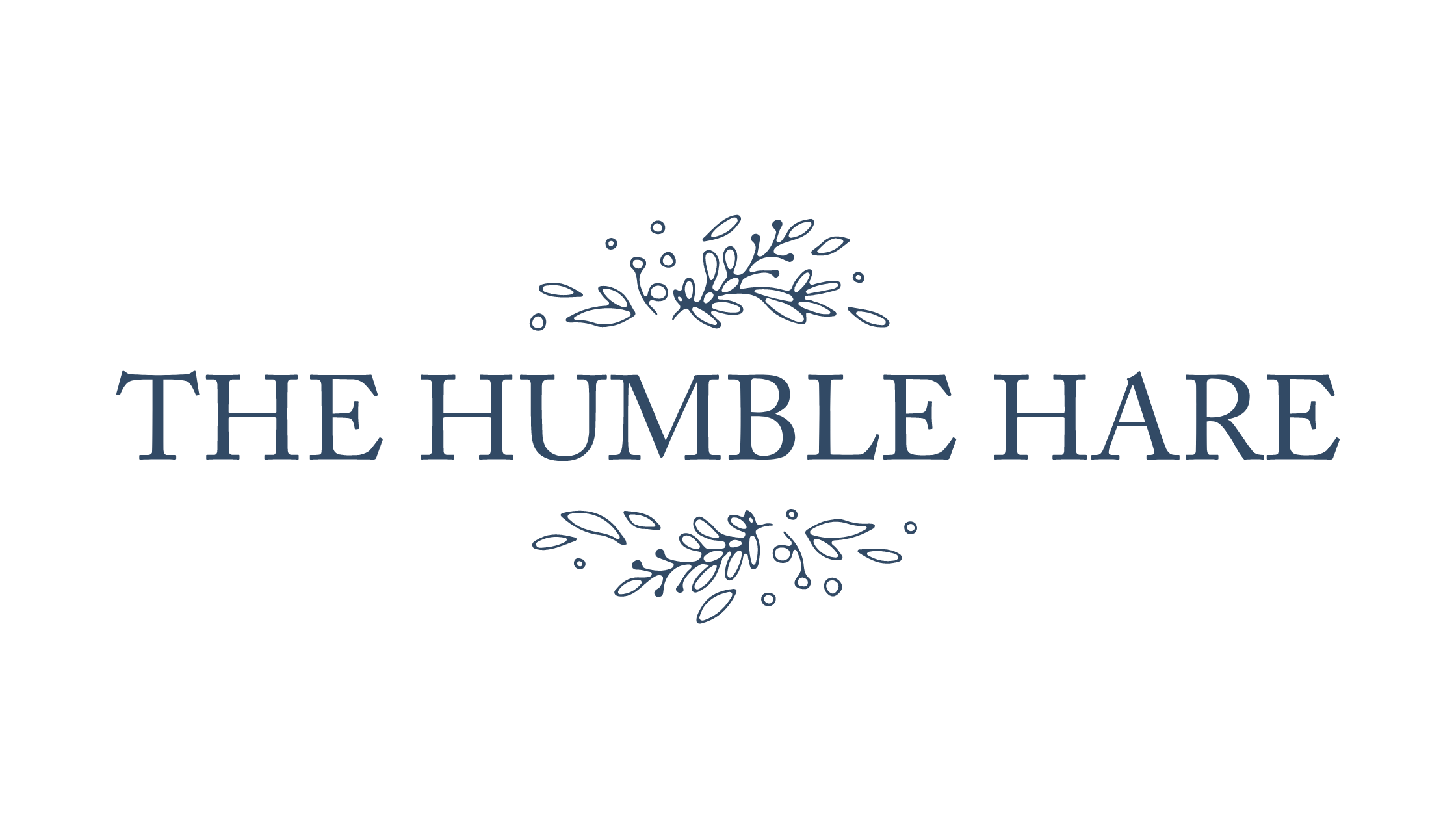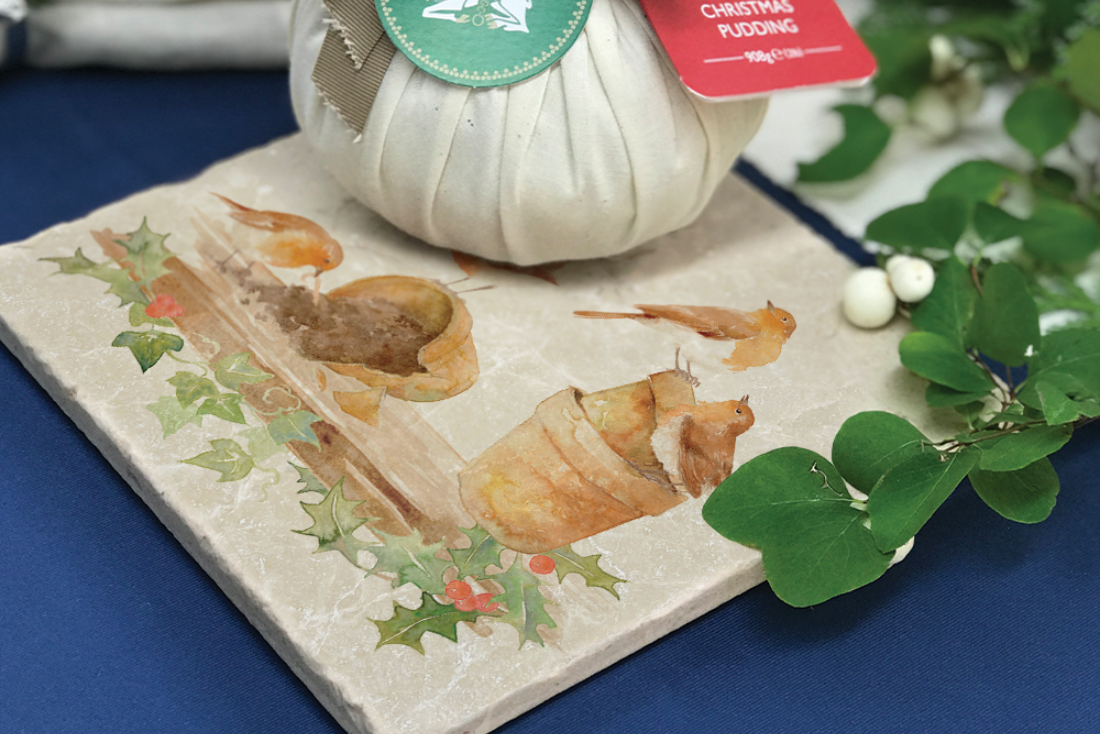We have many resident robins here at the farm, and often stop to enjoy them singing away in the trees and hedgerows as we walk up to the workshop. They've inspired several of our watercolour designs, and hold a unique place in the hearts of many people. Their vibrant red chests, cheerful presence, and inquisitive personalities have made them one of Britain’s most beloved birds. Beyond their charming appearances, robins have come to symbolise a wealth of sentiment and meaning in Britain’s folklore, literature, and in our personal lives!

The Robin as a Symbol of Loved Ones Lost
For many of us, the robin has come to represent a spiritual connection with loved ones who have passed away. It’s a common belief that a robin appearing nearby may be a sign that a departed soul is watching over you. This sentiment is captured in the popular saying, “When robins appear, loved ones are near.”
This belief often brings comfort, especially around times of remembrance or during difficult life moments. We often have a sense of peace or reassurance when a robin sings close by, interpreting the encounter as a gentle sign from someone dearly missed. In gardens, cemeteries, and quiet walks through nature, the robin’s sudden presence often sparks feelings of closeness to lost loved ones, making these tiny birds powerful emblems of memory and love.
Christmas and the Cheerful Robin
The robin’s association with Christmas dates back to the Victorian era. During this time, postmen who delivered Christmas cards wore red uniforms and were nicknamed Robins! As a result, robins were often illustrated on Christmas cards, linking them with festive cheer and warmth. Today, robins remain a popular symbol on Christmas cards and decorations (including our marble baubles!), representing not only festive joy but also resilience in the face of winter’s chill. Their hardy nature—singing brightly even through the coldest months—mirrors the warmth that Christmas brings.
Robins as Symbols of Hope and Renewal
Robins are known for their territorial nature, fiercely guarding their nests, which reflects qualities of resilience, courage, and protection. They are also early nesters, heralding the arrival of spring even in the lingering winter, marking them as symbols of renewal, fresh beginnings, and optimism. The robin’s song—a familiar soundtrack here at the farm—is also one of the first sounds we hear in the morning. Watching a robin in the garden reminds us of the small but powerful strength it takes to keep going, to protect loved ones, and to find hope in every new day.
Literature and Art: The Robin in British Culture
British literature and art have long celebrated the robin. Poets and writers like William Wordsworth and Thomas Hardy wrote of the robin as a creature of simplicity and joy, marvelling at its courage and innocence. The robin is often seen as a guide. In The Secret Garden, the friendly robin leads Mary Lennox to the hidden garden. The robin’s frequent presence in British art and literature reflects its place as a cherished national icon, capturing the collective feelings of tenderness and pride that many of us feel for this small, courageous bird.
The Robin’s Legacy: More Than a Bird
For a bird so common in Britain, the robin’s impact on culture, sentiment, and personal symbolism is very special. To many, seeing a robin brings more than simple joy—it brings memories, comfort, and hope. Whether as a messenger of a loved one’s spirit, a sign of resilience, or a symbol of holiday cheer, the robin carries deep emotional weight.
Through gardens, parks, and Christmas cards, the robin is a meaningful symbol in our lives. For lots of us this little bird serves as a reminder of the resilience of nature, the warmth of family and tradition, and the belief that love and remembrance live on in small, unexpected encounters.





